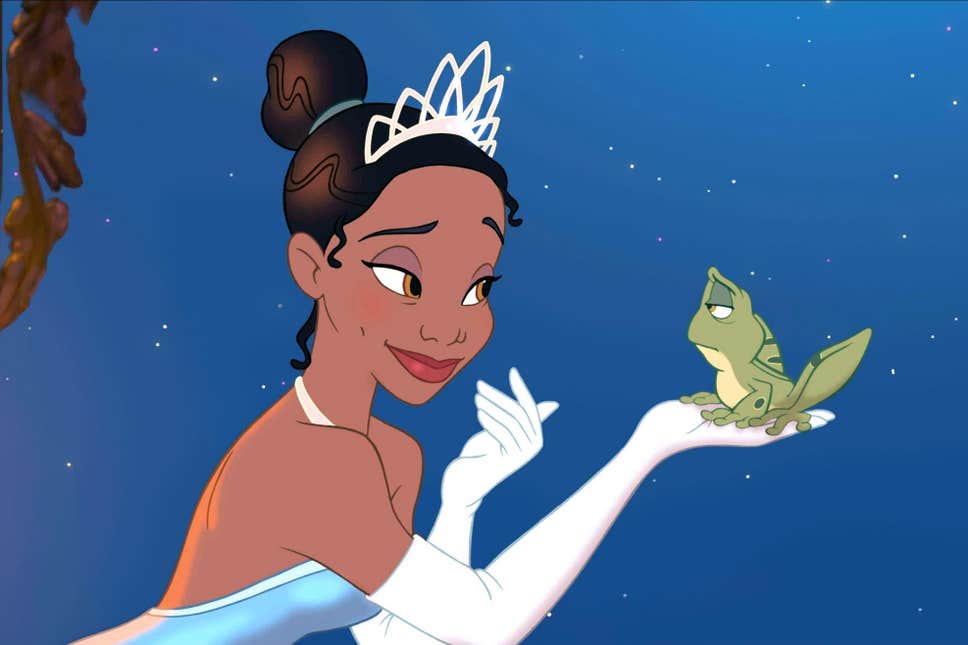From Screen to Society: The Cultural Impact of African American Cartoons

Merchandising Matters: Representation Beyond the Screen
The influence of African American cartoon characters extends far beyond television screens into toys, clothing, school supplies, and other consumer products. This merchandising dimension significantly impacts how children interact with these characters in their daily lives and shapes societal perceptions of Black representation.
When African American cartoon characters appear on backpacks, lunch boxes, and bedroom decor, they become integrated into children’s everyday environments. This normalization helps counter the historical marginalization of Black characters in children’s merchandise, where they were often absent or relegated to secondary status.
The success of merchandise featuring Black characters from educational cartoons demonstrates market demand for diverse products. This commercial validation has convinced risk-averse companies to invest more heavily in African American characters and content, creating a positive feedback loop that enhances representation across multiple platforms.
Parents of all backgrounds increasingly seek out toys and products featuring diverse characters. This consumer behavior signals to companies that representation matters to their bottom line, accelerating industry-wide change more rapidly than appeals to social responsibility alone could achieve.
Social Media Amplification: Fan Communities and Cultural Conversations
Online communities have become powerful forces in celebrating and critiquing African American representation in animation. Social media platforms enable fans to share their enthusiasm, create fan art, discuss themes, and hold creators accountable for authenticity in portraying Black characters and culture.
Hashtags like #BlackToonsMatter and #RepresentationMatters have created spaces for discussing the importance of diverse kids animated shows. These conversations extend beyond traditional audience demographics, engaging adults who recognize the formative influence cartoons had on their own development and care deeply about what today’s children experience.
Animation studios increasingly monitor these online discussions, sometimes incorporating fan feedback into character development and storylines. This unprecedented level of audience engagement has accelerated positive change in how African American characters are portrayed, as creators can quickly gauge community response to their work.
The viral nature of social media has amplified the visibility of Black animated characters, extending their influence beyond traditional viewing platforms. Clips, memes, and fan creations featuring these characters circulate widely online, introducing them to audiences who might not otherwise encounter them and normalizing Black representation across digital spaces.
African American cartoons have sparked important conversations about media literacy among parents and educators. As adults become more conscious of animation’s role in shaping children’s worldviews, they’re increasingly advocating for content that reflects America’s diversity and teaches values of inclusion, respect, and cultural appreciation from an early age.
The evolution of African American representation in animation reflects broader societal progress while simultaneously driving that progress forward. By normalizing diverse characters and stories, these cartoons help shape a generation of children who expect and demand authentic representation across all media—a powerful cultural legacy that extends far beyond entertainment.
